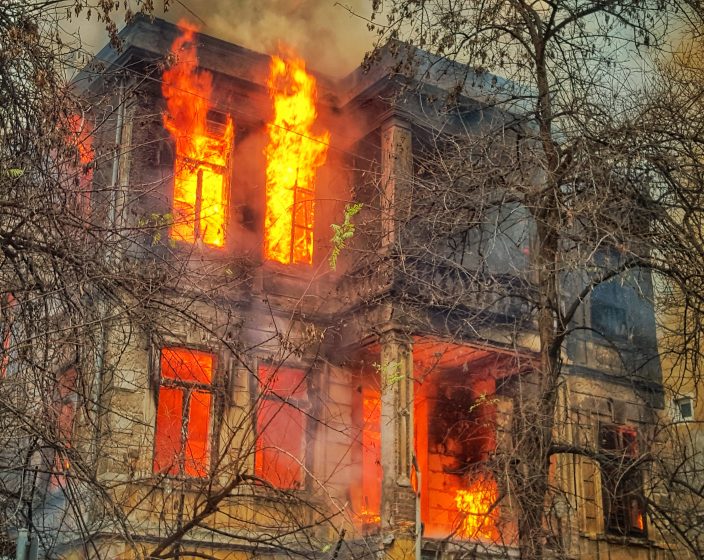
A fire can occur anywhere, even in places where proper protocol has been followed. It’s always important to have an emergency plan, but it’s particularly crucial for anyone who works in a school, office, or any other large building (especially one with multiple floors).
The fire emergency preparation plan involves two things: information and delegation. The first thing to do is read through the official emergency response plan and locate all of the exits, noting the ones nearest to your work station. These notices will usually be posted in every classroom/conference room, etc.
Next, you should discuss the details with fellow faculty and staff to hear suggestions and see if any improvements can be made.
The reality is that a lot of people won’t take this process seriously. Still, make sure to stress the seriousness of these preparations and then ensure that, after the emergency plan is decided, everyone is aware of the details
Fire drills may be conducted periodically, but in a lot of places they aren’t done on a regular basis. This means that many will panic when it’s the real deal, so don’t assume that just because you know what to do, everyone around you will.
The responsibility of delegation rests on whoever first notices the fire up until the evacuation has been done. If the planning and explanation of the emergency plan were carried out well, it won’t matter who discovers the fire; they’ll know exactly what to do. There are a few very basic guidelines that everyone should be aware of.
- If there is smoke coming out of a room, do not open the door. The increase in oxygen will make the fire stronger causing a back draft and possibly an explosion.
- Immediately call 911 and pull the fire alarm so that the everyone in the building is alerted of the emergency.
- When evacuating, move calmly and quickly. A panicked rush for the exits will result in people being trampled underfoot (leading to severe injuries, if not death) and a slower, more difficult evacuation.
- Any official building will have multiple fire extinguishers situated along hallways or in closets. These can be used to put out small fires, but not large ones, so don’t waste time attempting to put the fire out yourself. Escape is priority.
- There will be a lot of smoke. Cover your mouth to minimize your smoke inhalation and risk of suffocation. It will also probably become difficult to see, so rely strongly on your sense of touch to guide you.
- Never use elevators. Ever. Once the power goes out, you’ll be slowly suffocated/burned in a smoke-filled oven. Always take the stairs.
- If someone catches on fire (or if a small fire starts near you), throw a heavy blanket over the flame to put it out.
- In addition to your first-response plan, decide on an assembly point a safe distance from the fire. This will allow for a headcount and will immediately expose any absences or injuries.

